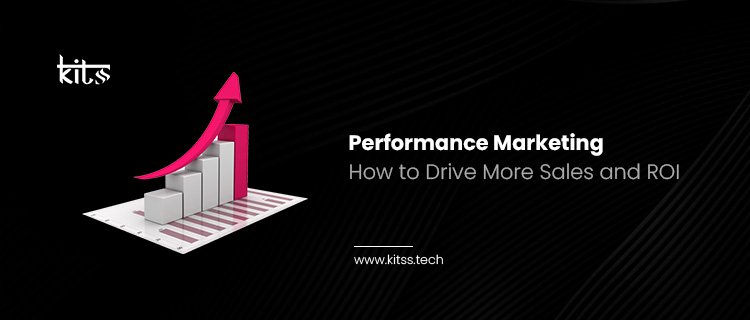Influencer Marketing – Top Trends And Strategies For Business Owners
Here we are, almost diving into 2024, but has your strategy for influencer marketing evolved? No, let’s clear the fog surrounding the world of influencer marketing. As we know, influencer marketing has gained much popularity over the past few years. And why not? It’s a dynamic, result-oriented, and cost-effective way of reaching potential customers.
To navigate this marketing successfully in 2024, here are some key trends to guide you and some effective strategies with examples of how Indian brands leverage these trends.
Effective Influencer Strategies For Business Owners
AI: The New Captain of the Ship
Interestingly, AI has got into influencer marketing, remarkably changing how brands choose influencers. Virtual influencers are stealing the spotlight, offering almost threefold user engagement compared to traditional influencers. If you’re anxious about AI, start on a small scale. Utilize AI-based tools to analyze influencer metrics. Candidly speaking, it’s the future, and a company named ‘Upfluence’ gives exactly this kind of service.
Look at BoAt. They partnered with an AI-created virtual influencer named Kyra to promote their products.
It’s innovative and unique, and they’re receiving impressive engagement.
Multi-Platform Influencers: The Need of the Hour
Influencers nowadays opt for a multiple-platform approach instead of sticking to one network, and they have a solid fan base across several platforms. It means that influencers reach their audiences wherever they are, creating an omnichannel presence. Own the power of multiple platforms. When collaborating with an influencer, look beyond just one platform.
For instance, B2X eCom Services partnered with influencers and ran campaigns on multiple social media platforms, significantly boosting their reach.
Affiliate Marketing and Influencers: The Perfect Blend
Influencer marketing and affiliate marketing, though different, are merging beautifully. Influencers can become important in popularizing affiliate programs because their followers trust them. Embrace this blurring line between influencer and affiliate marketing by using affiliate programs that help foster a mutually beneficial relationship.
A great example of this is Amazon India, with its affiliate program. Many influencers sign up as Amazon affiliates and suggest products, earning a commission for each sale.
Live Shopping: The Fresh Norm in Influencer Campaigns
Live shopping, or presenting an online event in real-time, has risen in popularity. It creates a sense of immediacy and authenticity that static social media posts might lack. Incorporate live shopping into your influencer marketing campaigns.
Myntra got famous influencers to host live shopping events in the festive season. It was a hit. Viewers could see their favorite stars discussing and suggesting products, promoting them live, which surely enhanced the excitement and engagement.
Diversity and Representation in Influencer Marketing
With diversity being recognized and celebrated, it has also entered influencer marketing. Brands getting influencers from varied backgrounds, cultures, and walks of life for their campaigns is a testament to this. In your campaigns, work with an array of influencers. Nykaa did it beautifully.
Diversity is at the core of their influencer marketing strategy, partnering with influencers as varied as the audience they cater to. It fosters relatability and inclusivity and connects with a much wider consumer base.
Final Thoughts
These trends are reshaping the influencer marketing landscape, and adopting them in your tactics can drive tangible benefits. Remember, staying updated with trends and constantly refining your strategies is key to standing out. Until next time, keep these strategies in mind and power up your influencer marketing game.





